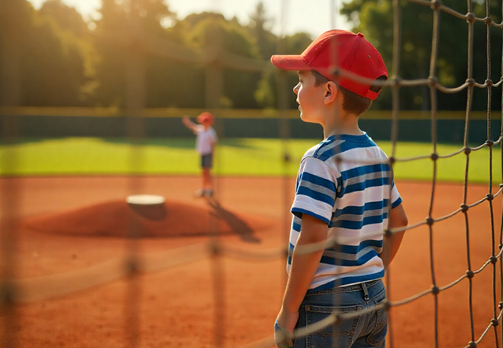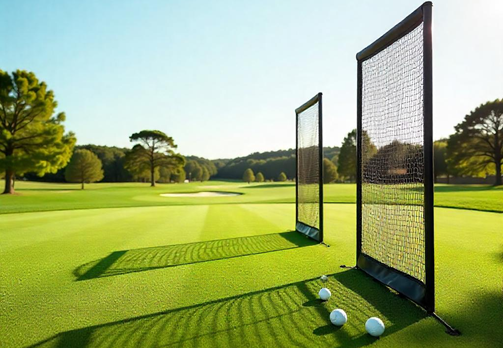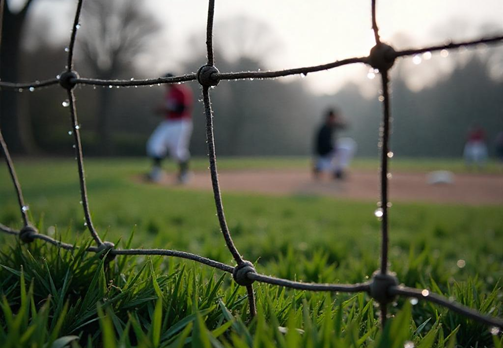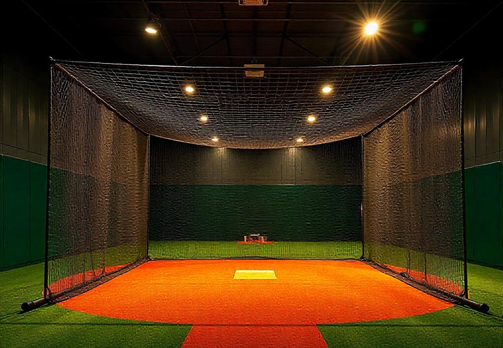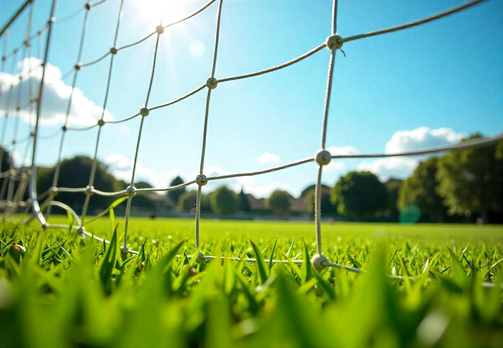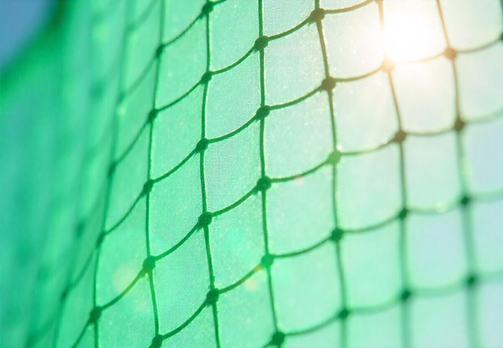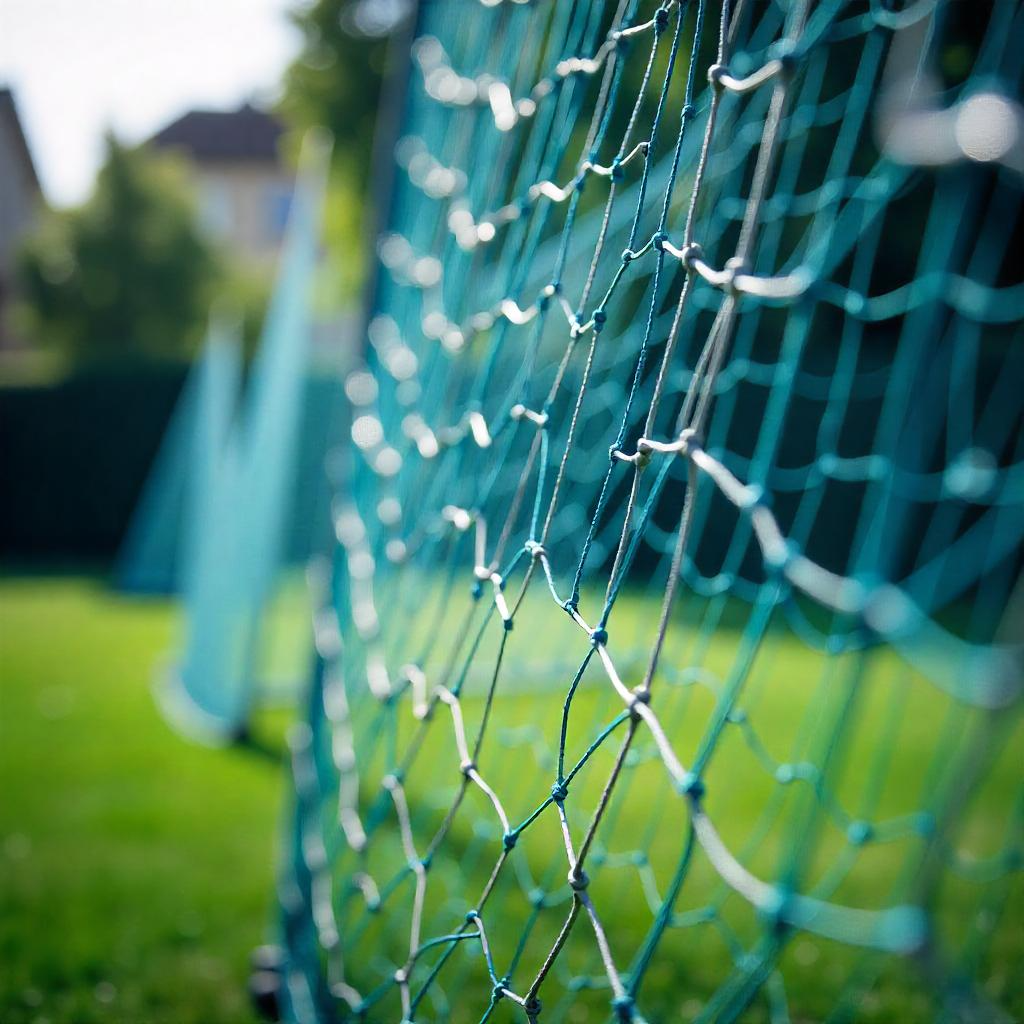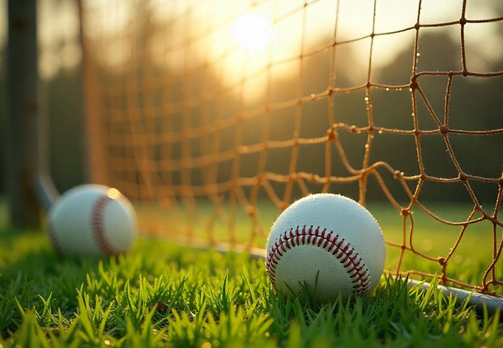
Transform Your Batting Skills with a Targeted Net Achieve Swing Perfection with a Pop-Up Baseball Net
By netsdev | Apr 18,2025 | Baseball Nets
A baseball batting net practice designed for batting practice allows for rapid assembly, often achievable in mere seconds, thanks to its pop-up structure and adaptable fiberglass poles. These poles are engineered to provide stability, preventing sagging and ensuring the net retains its intended shape during use. Additionally, many of these baseball batting net practice nets incorporate a broad strike zone target, which assists players in refining their swings by encouraging proper extension and follow-through, ultimately contributing to enhanced swing power.
Polyester batting cage nets are gaining popularity due to their superior durability in outdoor settings compared to nylon alternatives. Furthermore, polyester nets are often more cost-effective. Both polyester and nylon batting cage nets are excellent options for indoor training environments, catering to various needs and preferences.
The fiberglass poles utilized in baseball nets are typically robust and capable of enduring diverse weather conditions. For instance, our standard #36 nylon batting cage net has an average lifespan of 4 to 7 years with moderate use, while the same net can last over 8 years when used as a backstop outdoors. This illustrates the reliable performance and longevity of these nets in different applications.
Durability in Different Weather Conditions
Rain and Humidity:
Fiberglass exhibits a strong resistance to moisture, meaning that light rain or elevated humidity levels typically do not impact the poles. While they are immune to rust, extended exposure to heavy rainfall may gradually compromise the integrity of the fibrous materials.
Sun and Heat:
Prolonged exposure to ultraviolet (UV) rays can lead to the degradation of fiberglass, resulting in increased brittleness over time. Nevertheless, most high-quality poles are engineered with UV protection, allowing them to withstand standard sunny conditions without suffering damage.
Cold and Frost:
In cold weather, fiberglass maintains its flexibility and structural integrity effectively. However, extreme cold temperatures may induce some brittleness, making it advisable to store the poles appropriately when they are not in use.
Wind:
Fiberglass poles are characterized by their lightweight nature, which renders them vulnerable to strong winds. To avoid the risk of the net being toppled, it is recommended to ensure that it is adequately secured, as this can help prevent potential damage to the poles.
Tips for Maximizing Durability
Storage: Store poles in a cool, dry location when they are not in use to avoid deterioration.
Utilize a Base: In windy situations, it is advisable to employ weights or stakes to enhance the stability of the net and poles.
Examination: Frequently inspect for any indications of wear or damage, particularly following inclement weather.
Additional Features
Ball Return Mechanism: Certain baseball batting net practice nets feature a mechanism that enables the ball to return to the batter after it strikes the net. This innovation reduces the necessity of retrieving balls, thereby enhancing the efficiency of practice sessions.
Side Pockets or Ball Receptacles: These are built-in pockets located at the bottom or sides of the net designed to capture errant hits. They facilitate the swift collection of balls and help prevent them from escaping.
Weighted Base: Incorporating a weighted base can stabilize the baseball batting net practice net, minimizing the likelihood of balls rolling underneath and ensuring a more organized practice environment.
Simple Maintenance Materials: Certain nets are constructed from materials that facilitate the effortless removal of dirt and grass that may gather when balls bounce off the net.
Foldable Structure: Numerous baseball batting net practice nets are designed to collapse conveniently for both storage and transport, making it easier to gather and stow away the balls following practice sessions.

